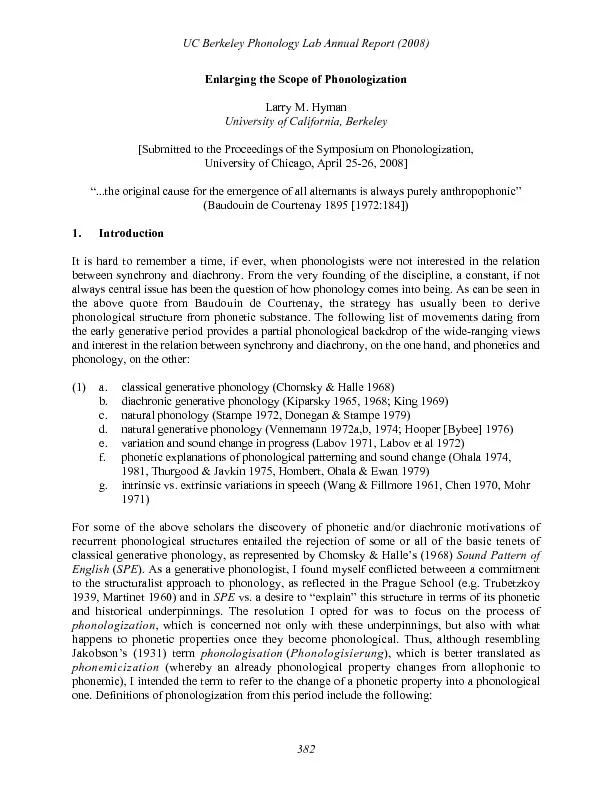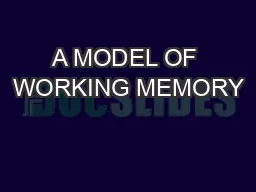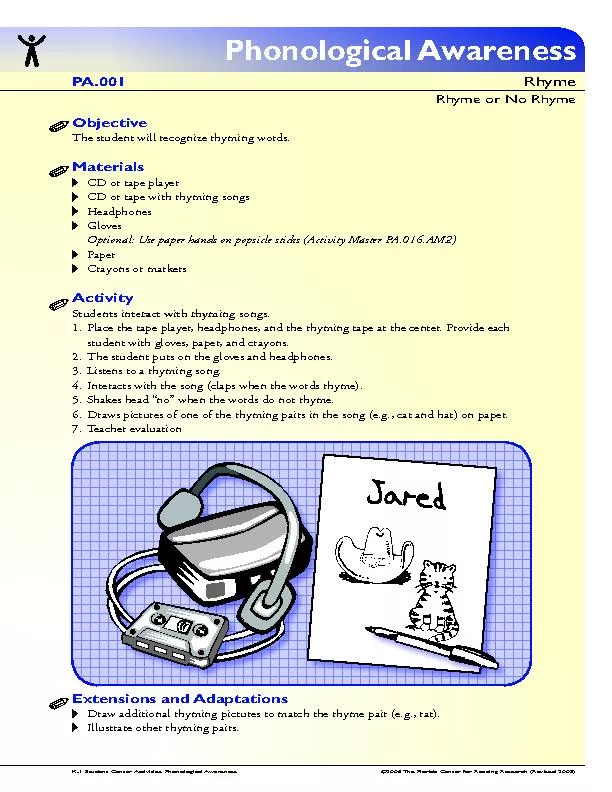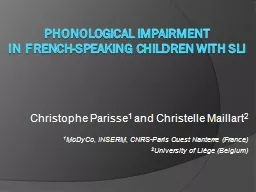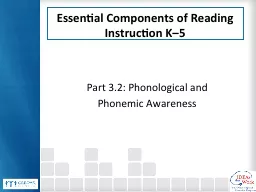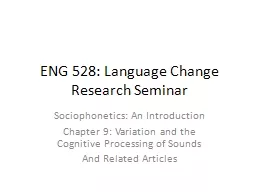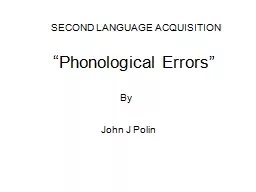PDF-Phonological Process
Author : lindy-dunigan | Published Date : 2016-07-09
Definition Examples Age Eliminated By Backing Substitution of a sound produced in the front of the mouth with a sound produced in the back of the mouth cop for top boke
Presentation Embed Code
Download Presentation
Download Presentation The PPT/PDF document "Phonological Process" is the property of its rightful owner. Permission is granted to download and print the materials on this website for personal, non-commercial use only, and to display it on your personal computer provided you do not modify the materials and that you retain all copyright notices contained in the materials. By downloading content from our website, you accept the terms of this agreement.
Phonological Process: Transcript
Download Rules Of Document
"Phonological Process"The content belongs to its owner. You may download and print it for personal use, without modification, and keep all copyright notices. By downloading, you agree to these terms.
Related Documents


